The area overlaps 2 floristic provinces: Sierra Nevada and Great Basin. The Sierra flora is familiar to me, as are the Great Basin plants that also occur in the Mojave. But the GB species that flow in from Nevada, and just touch CA - those I have no experience seeing or IDing.
Which is a big part of the fun.
Unfortunately, I haven't yet found a local guide like Ernest, so I'm stumbling along with the help of friends, Jepson and the intertubes.
Which can also be fun.
But before the flora, a few photos of the lands and habitats...
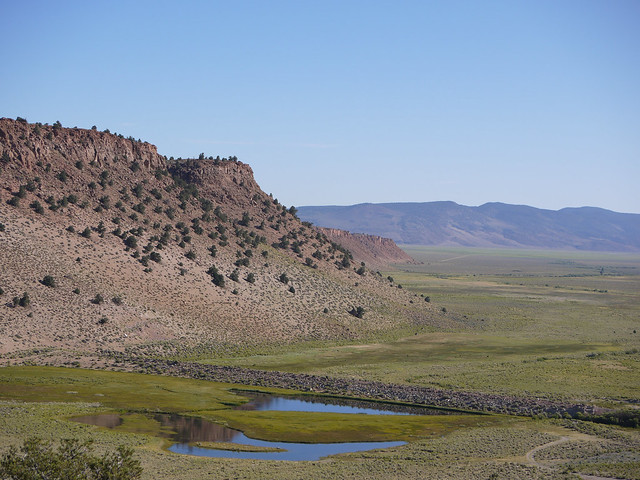
Looking east, and out of the little Mono Basin valley - altitude is just under 7,000 feet
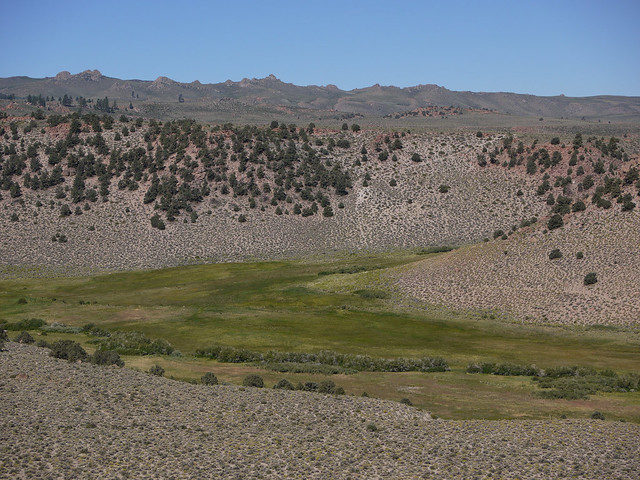
Looking west, up the valley and towards the Sierra Nevada and Yosemite

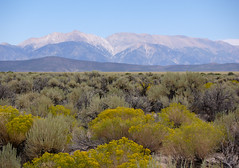
Habitats include ponds, creeks, wetlands, and sagebrush scrub
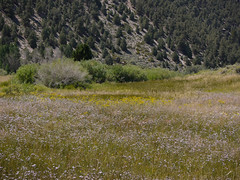
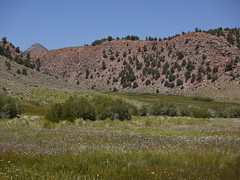
And wet mountain meadows bordered by rocky, volcanic rims
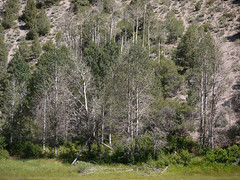

Aspens and willows wrap the waterways, and pinyon pines pepper the ridges

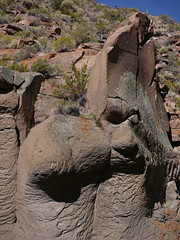
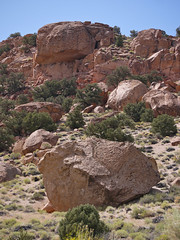
Where many of the rocks and outcrops are as spectacular as the plants
Now on to this season's flora, which included over 120 found species. Of those, about 50 were new to me, along with 8 new genera.
And, while most species I/we could key and ID, there are still a number of uncertainties on the list. I just don't like to call an ID on unfamiliar flora until I feel there's no other options, or a plant geek who really knows the species gives me a solid confirmation.
And even then, I still make mistakes. All botanists do. Plants can be highly variable, and all keys are not created equal.
So, if you see a pretty below that I might not have right - give a shout.
Otherwise - on with the show...

The crazy cool Inyo Green Gentian, Swertia puberulenta

Giant Blazing Star, Mentzelia laevicaulis, with 4" diameter flowers
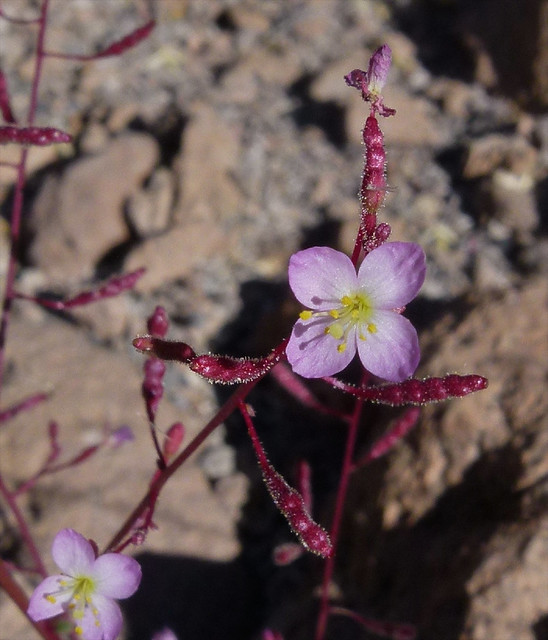
A pink Camissonia - Shockley's Evening Primrose, Camissonia heterochroma
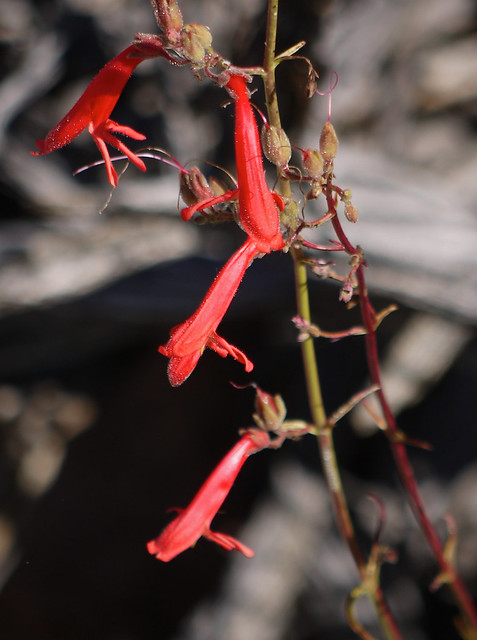
Beaked Penstemon, Penstemon rostriflorus, a hummingbird fave

Sierra Gentian, Gentianopsis holopetala, the purple polka-dots of wet mtn meadows

Masses of Castilleja miniata, Giant Red Paintbrush, parasitizing willows
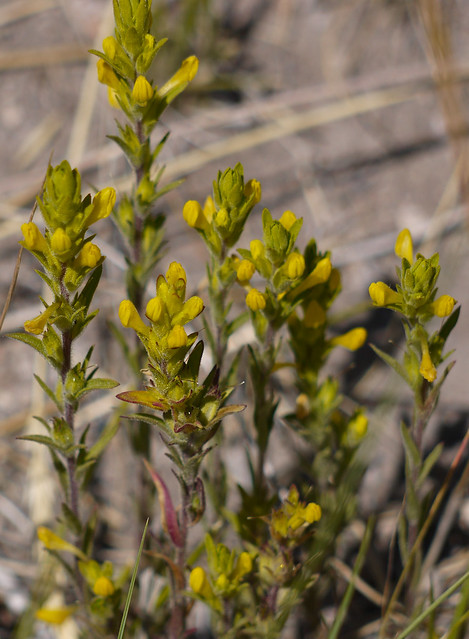
Yellow Owl's Clover, Orthocarpus luteus
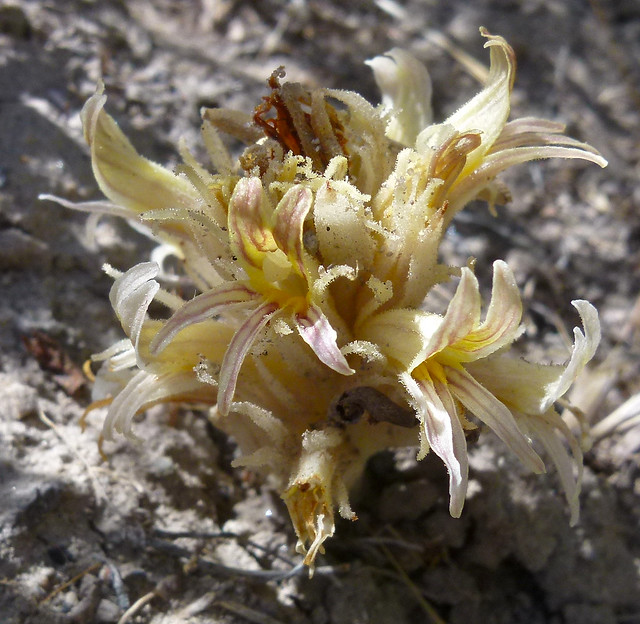
Flat Top Broomrape, Orobanche corymbosa, parasitizing sage and rabbitbrush
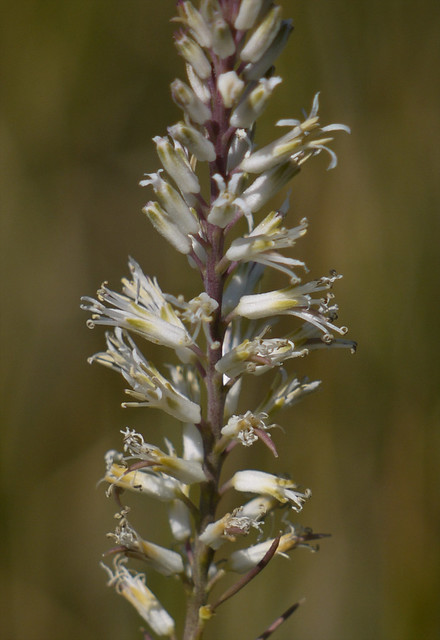
Wavyleaf Thelypodium, Thelypodium crispum, a mustard that looks lily-like
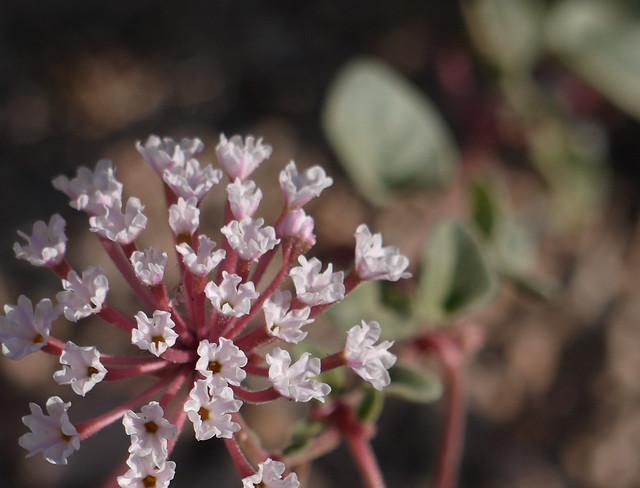
Transmontane Sand Verbena, Abronia turbinata

The popping pink Dwarf Monkeyflower, Mimulus nanus
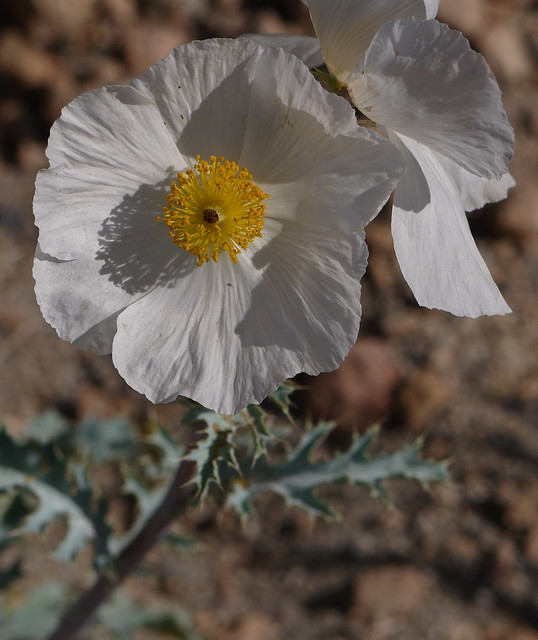
Prickly Poppy, Argemone munita
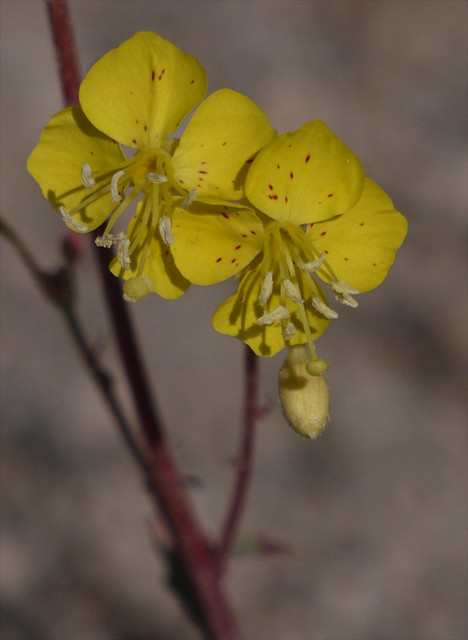
Lanceleaf Browneyes, Camissonia claviformis ssp. lancifolia
And, as before, I'll finish with a shotgun blast of 17 more fine species:
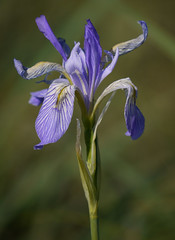
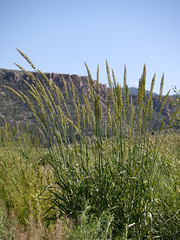
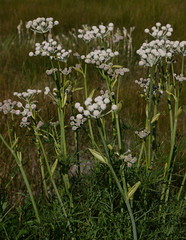
Western Blue Flag Iris, Great Basin Rye, and Ranger's Buttons
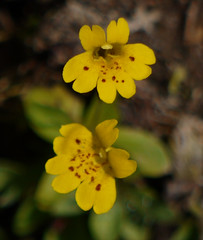
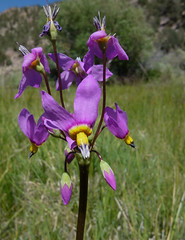
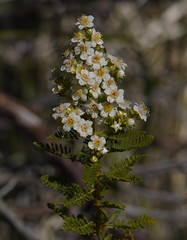
Primrose Monkeyflowers, Alpine Shooting Stars, and Desert Fernbush
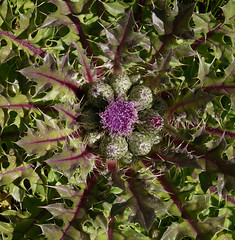
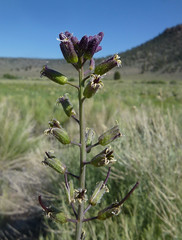
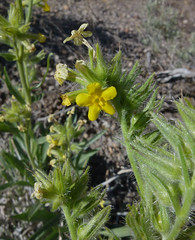
Elk Thistle, Hairy Wild Cabbage, and Yellow Popcornflower
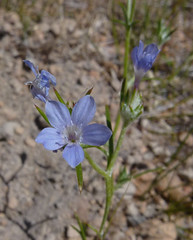

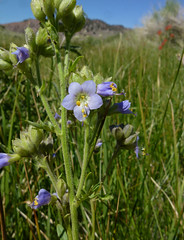
Wilcox's Woollystar, Brewer's Cinqfoil, and Jacob's Ladder
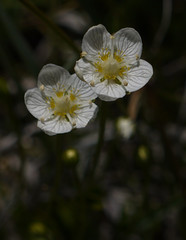
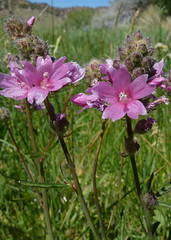
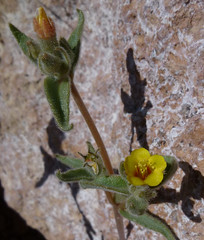
Grass of Parnassus, Bog Mallow, and Clustered Blazing Star
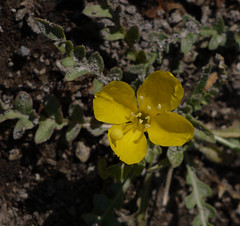
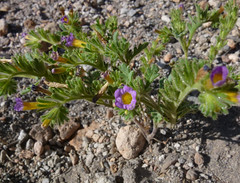
Tansyleaf Suncup and Two-colored Phacelia
What a place.
Can't wait to start scouring it again next spring.
====
References:
- The Jepson Manual: Higher Plants of California
- Nature of a Man (this blog) - posts on cam trapping the Mono Basin
- Randomtruth on flickr - my collection of Mono photos

The late Durham Giuliani would have been the perfect guide. He lived in the area for decades.
ReplyDeleteD
spectacular. the first freaky flower reminds me of the blooms on a corn lily.
ReplyDeleteGreat point re: ID errors happen. Yup! Better than not trying. =)
That blazing star must sure be a sight in the field. It's lovely as a photo.
ReplyDeleteSeeing all that rabbitbrush in bloom in the sagebrush area brings back fond memories of my visits to the area and finding Crossidius longhorned beetles on the flowers.
ReplyDeleteI'm excited to find your blog! We share a common love. My husband and I have 80 acres at this site. We are on the creek in the middle of your first photo. We love to see the animals and plants change with the seasons. Right now it's Rabbitbush, Pinyon jays, and the last of the asters. Last week we rescued a lost ram that had been separated from the herder for almost a month. It's a miracle that he didn't become lunch for the mountain lions in the area.
ReplyDelete